Bowtie Confidential: ACOs –What We Know from the Demonstration Project 8/12/11
One of the few advantages of flying 200,000 miles a year (other than being able to win momentary gratitude from your teenagers when you give them a free ticket or an upgrade) is that you get to see a lot of different organizations. Therefore, you can more easily answer the oft-asked question, “Where have you seen this done before?”
The question that I am now most frequently asked relates to ACOs. The stream of questions usually follows this order:
- Is an ACO right for this organization?
- Where have you seen it work?
- How much will it cost?
- What will we have to do to make it work?
Stopping to take a breath, the inquisitor then continues, but with more specificity about the CMS ACO set of regulations. People are concerned. They feel that they have to make decisions on a new concept that has not been proven. And this is mostly true.
However, let’s talk about what we DO know about ACOs. In CMS’s five-year demonstration project (Physician Group Practice Project), which included 10 leading organizations ended a little more than a year ago, these results were reported: *
- The percentage of quality goals obtained were in the mid-90s.
- All 10 organizations were able to meet or exceed 29 of the 32 quality goals.
- Out of the 40 eligible shared-savings periods (four years), participants only received payments 15 times.
*Additional details can be found in the New England Journal of Medicine (December 22, 2010).
What does this show? To me, it demonstrates that organizations considered to be thought leaders with strong infrastructure STILL could not qualify for payments based on the formula utilized in the demonstration project.
It cautions me against moving too quickly into a CMS contract. It causes me to ask myself if I have the necessary pieces in place (IT systems, good relationship with all the participating providers, a large enough network, a process for case management, a qualified board, enough financial predictive modeling) to feel comfortable accepting risk at that level.
Unfortunately, most organizations will be forced to say no. I say “unfortunately” because I make my living as a consultant.
However, there is a light at the end of the tunnel for organizations considering ACOs: the commercial ACO, which offers many of the benefits of the CMS ACO, but with far fewer regulations, risk ,and other types of restrictions. I will discuss commercial ACOs next month.
Don Michaels, PhD is vice president, strategic and advisory services, for Hayes Management Consulting and teaches healthcare IT for the Harvard School of Public Health.
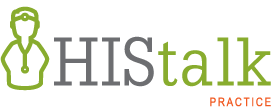
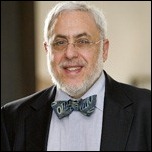
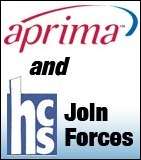
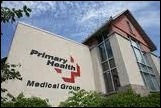
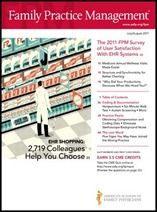


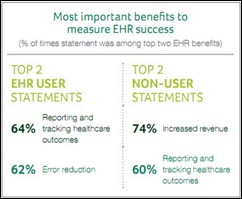
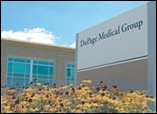

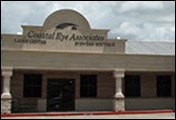
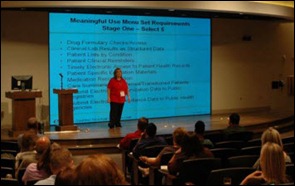

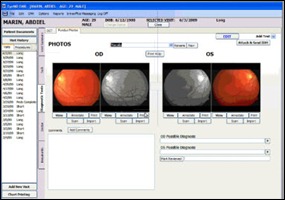


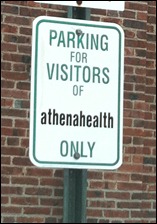






The article about Pediatric Associates in CA has a nugget with a potentially outsized impact: the implication that VFC vaccines…